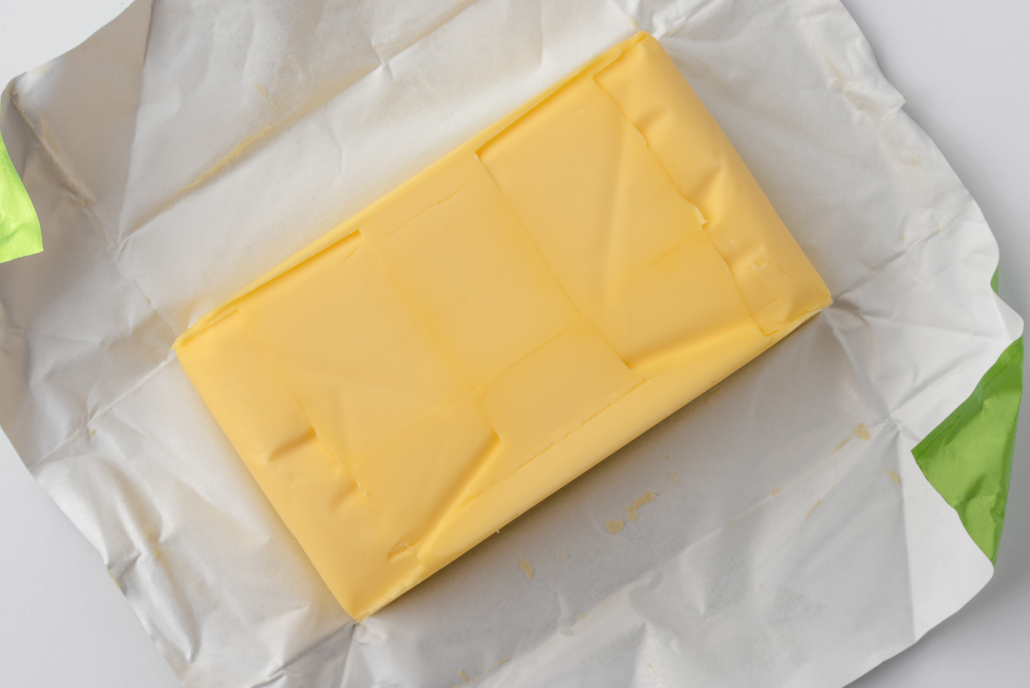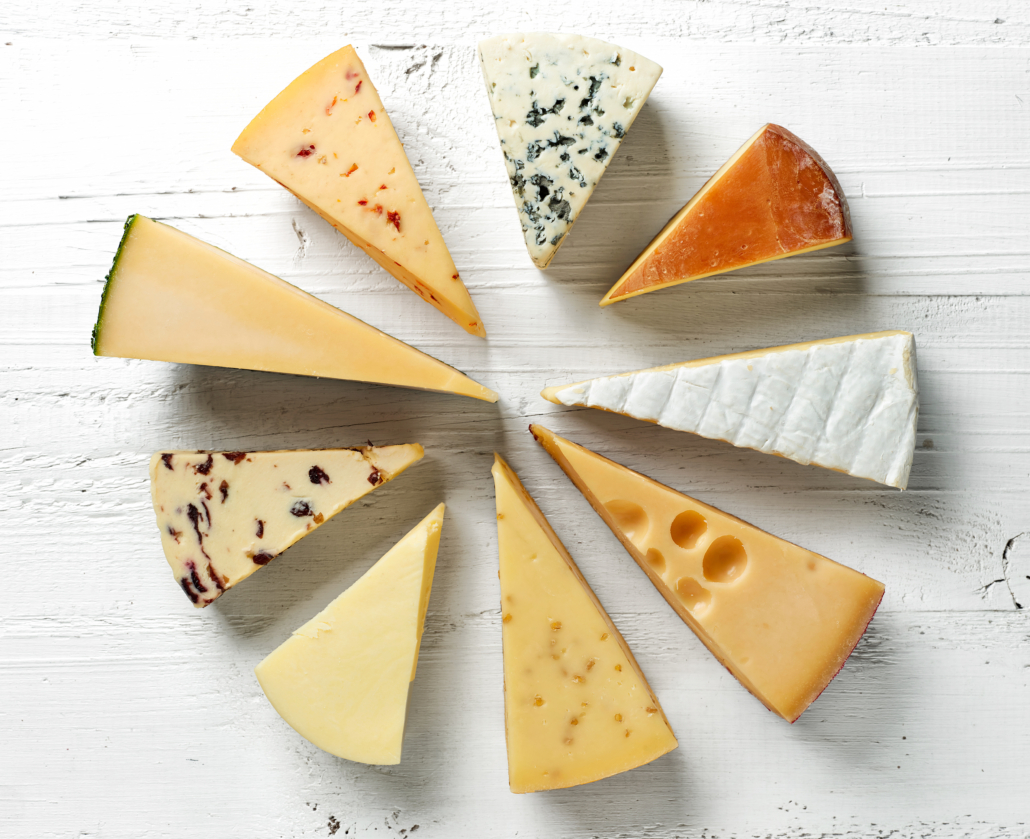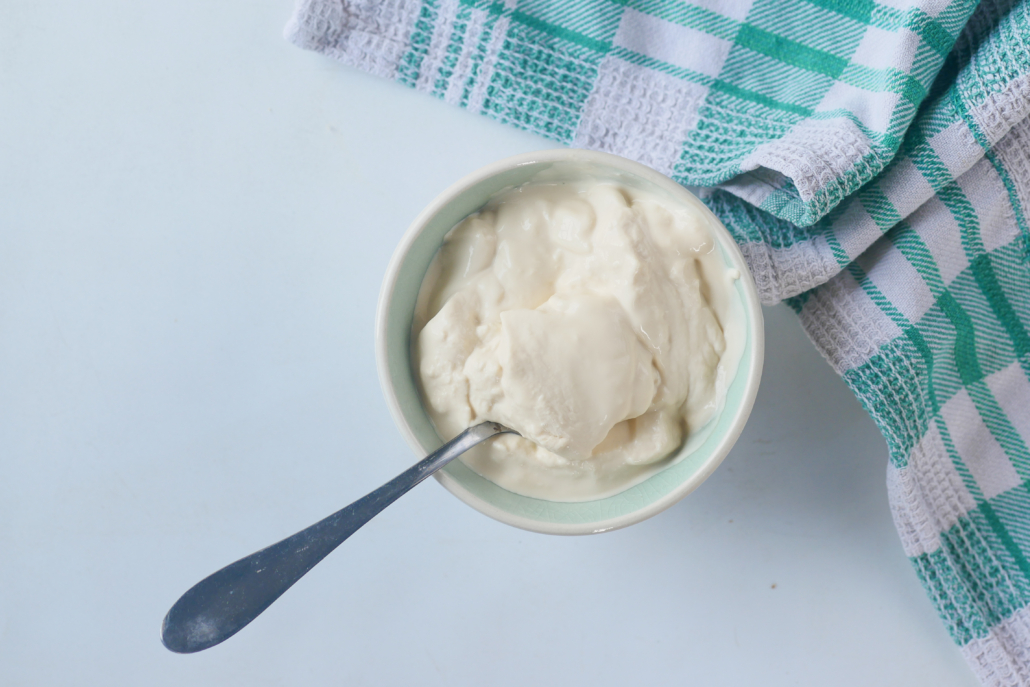We include products in articles we think are useful for our readers. If you buy products or services through links on our website, we may earn a small commission.
Raw Cheese: Health Benefits and Risks
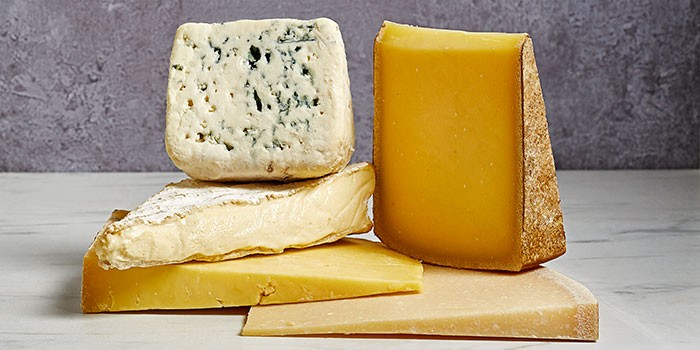
Cheese has been around for nearly 10,000 years, but pasteurization has only been in use since the early 1900s. Before then, all cheese was made from unpasteurized milk, and was therefore, “raw cheese.”
Advocates of raw cheese point to research showing that raw milk products have more vitamins, minerals, enzymes, antimicrobials, and immunoglobulins. They believe that these compounds make raw cheese healthier and easier to digest.
Critics of raw cheese point to the fact that pasteurization has a proven track record of keeping people from getting seriously ill.
In this article, we’ll look at the science around the benefits of raw cheese and address fears over unpasteurized dairy products.
Table of Contents
What is Raw Cheese?
Raw cheese is a cheese that is made from unpasteurized milk.
Pasteurization is a process of heating milk in order to kill bacteria. Usually, to at least 150 degrees Fahrenheit for at least 30 minutes.
For unpasteurized “raw” cheese, the milk is still heated, but only to around 86 ° F.
This low heat activates the fermentation process in milk but maintains the integrity of beneficial bacterial compounds, fatty acids, proteins, vitamins, enzymes, and rich flavors.
Raw cheese advocates believe that these compounds make it a better choice for people with autoimmune disorders, allergies, asthma, lactose intolerance, and for anyone who wants a more nutritious food.
Why is Cheese Pasteurized?
You may be wondering, If raw cheese has more enzymes, nutrients, and flavors, then why is it pasteurized?
The widely adopted pasteurization of milk, and therefore the cheese it’s made from, goes back to the early 1900s.
As the populations of cities grew, the amount of milk being transported to cities dramatically increased. In this period of lax regulation around sanitary production, transport, and storage processes, raw milk was often contaminated with bacteria and viruses, including typhoid and tuberculosis.
Records show that between 1912 and 1937, around 65,000 people in England and Wales died from consuming dairy contaminated with bovine tuberculosis.
Pasteurization was in large part responsible for eliminating the transmission of tuberculosis from cows to humans, and combatting typhoid fever outbreaks, saving untold numbers of lives.
Advocates of raw cheese claim that because modern dairy production is cleaner and more regulated than in the early 1900s, the risks of disease from raw dairy are minimal.
Let’s take a look at some of the claimed benefits of raw cheese.
Health Benefits of Raw Cheese
Proponents of raw cheese point to a number of possible health benefits. Let’s take a look at what these claims and whether the current research supports these claims.
Reduces Allergies and Asthma
Studies on children have linked consuming raw dairy with reduced risk of allergies, asthma, and eczema.
A 2013 study of 1700 people found that those who consumed raw milk in early childhood had a 41% reduction in risk of asthma, a 41% reduction in the risk of hay fever, and a 26% reduction in the risk of allergies.
A 2011 study involving more than 8,000 children found that those who consumed raw dairy experienced “naturally immunizing” effects that reduced allergies by 54%, reduced asthma by 49%, and protected against illness.
Research suggests that the immune-boosting effects of raw milk are related to RNA molecules called miRNAs. These molecules activate gene expressions that regulate immune function. Both human and cow milk have substantial amounts of these compounds. While pasteurization significantly reduces them.
Increased Antioxidant Effects
Animal studies from the 1980s found that whey protein significantly promotes improved immune function compared to soy, wheat, casein, fish, beef, and marine proteins.
Whey protein was found to support immune function, increasing the amount of antioxidant glutathione in the spleen. This allowed the body to rapidly produce white blood cells.
Glutathione is considered the “master antioxidant” because it protects nearly every cell in your body.
Yet, the glutathione-boosting effects of whey protein only exist in proteins that haven’t been degraded by pasteurization.
Antimicrobial and Immune Boosting Compounds
Cheese from raw milk is abundant in various antimicrobials, including
- Immunoglobulin
- Lactoferrin
- Lysozyme
- Lactoperoxidase
- Bacteriocins
- Xanthine oxidase
These compounds help fend off harmful organisms, thereby keeping milk from spoiling. When consumed by humans, they can offer immune-boosting and infection-fighting properties.
Studies show that some of these compounds are reduced and degraded by the pasteurization process, while others are unaffected.
For example, a study published in the Journal of Dairy Science found that pasteurization reduced the levels of immunoglobulin in milk by 29-39%.5
Why does this matter? Well, immunoglobulins are a type of antibody produced by the immune system to fight against pathogens such as viruses and bacteria.
In humans, they can reduce inflammation, boost immune function, and improve gut health.
Improved Digestion
A 2020 pilot study on 24 people consuming raw milk for 12 weeks found a significant increase in the beneficial bacteria Lactobacilli in the gut.
The study also found that stress and anxiety decreased in participants with higher scores of Lactobacilli.
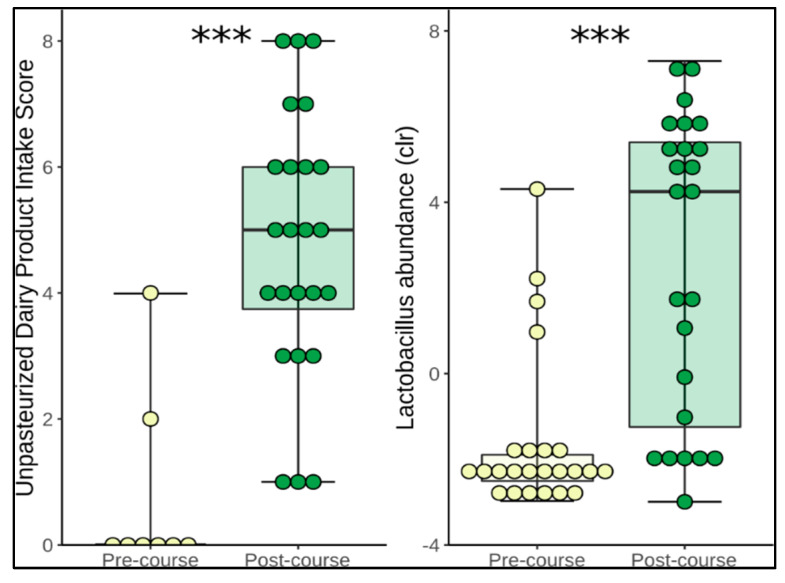
Source: Butler MI, Bastiaanssen TFS, Long-Smith C, et al. Recipe for a Healthy Gut: Intake of Unpasteurised Milk Is Associated with Increased Lactobacillus Abundance in the Human Gut Microbiome. Nutrients. 2020;12(5)
Lactobacillus has been shown to improve digestion. Yet it is destroyed during pasteurization. So, in theory, consuming raw cheese should improve digestion.
However, blind studies haven’t been able to find differences in digestive symptoms between raw and pasteurized milk.
One area where digestive differences have been observed is between A1 and A2 dairy. A2 dairy –from A2-certified cows, and all goats, sheep, and buffalo–has been shown to offer a significant reduction in digestive discomfort over A1 milk.
More Nutrients?
Proponents of raw cheese often claim that raw cheese has significantly more nutrients.
The reality is that though some nutrients are reduced or degraded in the pasteurization process, the losses are minor. And the nutritional benefits may not be worth the increased risk of infection posed by unpasteurized cheese.
Studies looking at nutrient changes between raw and pasteurized milk have found 5
- <10% reduction in water-soluble vitamins, including vitamin C, folate (vitamin B9), vitamin B12, vitamin B6, and thiamine (vitamin B1)
- No changes in fat-soluble vitamins like vitamin A or E.
- High-heat processes like ultra-pasteurization and ultra-high temperature result in only a minor impact on the nutritional quality of milk.
- Feed-related changes like grass-fed and pasture-raised have much greater significance on nutritional value than pasteurization.
- Factors including packaging materials, exposure to light, storage time, and storage temperature have a far greater impact on nutritional losses than pasteurization.
Are There Dangers To Consuming Raw Cheese?
Research shows that consuming raw milk cheese may be responsible for 840 times more illnesses than pasteurized dairy products.
Here’s a rundown of the dangers of raw cheese:
- Between 1993 and 2006, 73% of outbreaks from dairy products involved raw milk products.
- These outbreaks from raw dairy resulted in 202 hospitalizations and two deaths
- The nutritional, water, and pH elements of milk make it easily colonized by harmful bacteria
- Raw milk is can be easily contaminated by harmful bacteria including, E. coli, salmonella, listeria, Campylobacter, Yersinia enterocolitica, and Staph aureus
Symptoms of infection from raw milk and cheese can include
- Vomiting
- Diarrhea
- Abdominal pain
- Fever
- Guillain-Barre syndrome
- hemolytic uremic syndrome
- Miscarriage
- reactive arthritis
- chronic inflammatory conditions
- In rare cases–death
Who Should Avoid Raw Cheese?
Though anyone can get ill from exposure to harmful pathogens in raw cheese, some populations are at greater risk for more serious symptoms. The risks of raw cheese are higher for
- Pregnant women
- Children
- Elderly
- people with compromised immune systems.
Raw Cheese: The Bottom Line
Raw cheese is made from unpasteurized cows’ milk. Raw cheese enthusiasts claim that it has more flavor along with nutrients, microorganisms, and organic compounds that support immune and digestive health.
However, critics of raw cheese point to studies showing that raw milk products are responsible for a far greater proportion of dairy-born illnesses than pasteurized products.
Though modern dairy production has come a long way in terms of cleaner husbandry and processing practices, raw dairy still poses a substantial health threat.
If you’re interested in raw milk and cheese, it is important to weigh the potential health benefits against the risks.
Fortunately, producers are developing a number of milk treatments that use less intense heat than traditional pasteurization. These new processes can preserve the qualities of raw milk and cheese without the risk.











